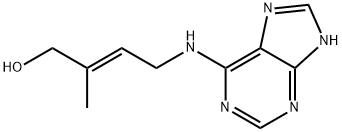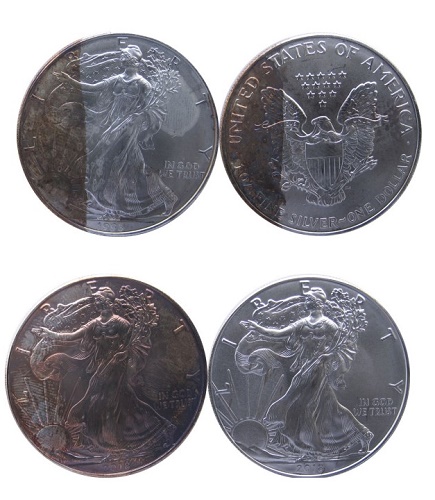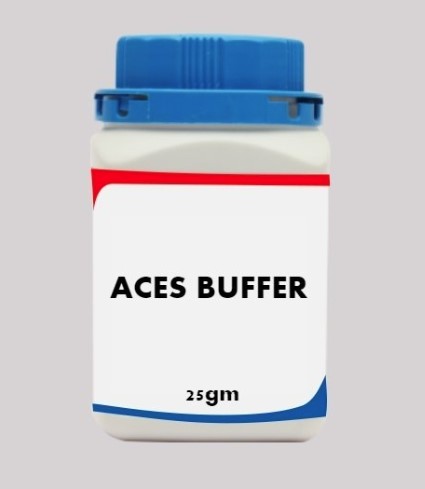What is the difference between trans-zeatin and Cis-Zeatin
Overview
Cytokinins (CKs) have been demonstrated to modulate the defense responses of several plant species to mainly biotrophic (hemi) but also to necrotrophic pathogens. Depending on the plant species, various mechanisms, such as the formation of antimicrobial phytoalexins or regulation of defense genes and other phytohormones, such as SA3-5,8, have been shown to be CK responsive[1].
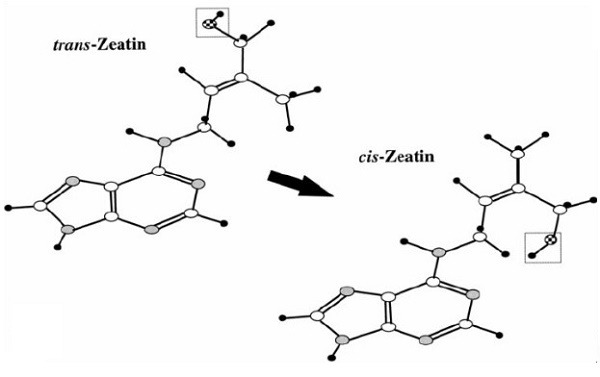
Trans-Zeatin
Trans-zeatin-type cytokinin (tZ) is the primary active form of CKs naturally biosynthesized in plant cells. The tZ is known to be a long-distance information carrier and is mainly biosynthesized in the root vascular bundle and transported via the xylem shootward. Positioning tZ production is crucial for root and shoot meristematic activity, as it acts as a hormonal signaling transporter around its biosynthetic sites. Based on previous reports, tZ improves plant growth and regulates responses to stress. However, its endogenous production is often insufficient to help plants effectively withstand abiotic stress[2]. Consequently, the exogenous application of tZ could be beneficial in upregulating plant tolerance to stress, including Cd.
Cis-Zeatin
Another zeatin isomer in higher plants is cis-zeatin (cZ). However, its function is less understood. cZ is synthesized by the transfer RNA (tRNA) IPTs IPT2 and IPT9 enzymes using the tRNA degradation products. cZ-types have been involved in the regulation of plant growth and the response to different biotic and abiotic challenges[3].
Trans-Zeatin vs Cis-Zeatin
Although cis-zeatin (cZ) is generally described as lowly or non-active in comparison to the trans-isomer, cZ is ubiquitously present in plants, and recent studies propose physiological functions for Phytohormones are essential regulators of various processes in plant growth and development[4]. Increased levels of cytokinins such as trans-zeatin, considered highly active, induced resistance against mainly (hemi)biotrophic pathogens in different plant species. In contrast, cis-zeatin is commonly regarded as a cytokinin exhibiting low or no activity.
Hormone profiling revealed that Pi starvation reduces the concentration of tZ but significantly increases the amount of cZ and cis-zeatin riboside (cZR), which are partially dependent on PHR1 function. Transcriptomic studies indicate that cZ modifies the expression of specific genes, positively regulating cell growth and root hair elongation, while tZ seems to inhibit cell division genes. Furthermore, the molecular response to Pi starvation is less inhibited by a higher cZ: tZ ratio. Likewise, both zeatins increase Pi concentrations in roots to the detriment of Pi content in shoots, and a higher cZ: tZ ratio favors root growth and LR formation.
References
[1] Dominik K Großkinsky. “Cis- and trans-zeatin differentially modulate plant immunity.” Plant Signaling Behavior 8 7 (2013): e24798.
[2] Esmat F Ali. “Exploring the Potential Enhancing Effects of Trans-Zeatin and Silymarin on the Productivity and Antioxidant Defense Capacity of Cadmium-Stressed Wheat.” Biology-Basel (2022).
[3] Javier Silva-Navas. “Role of cis-zeatin in root responses to phosphate starvation.” New Phytologist 224 1 (2019): 242–257.
[4] Martin Schäfer. “The role of cis-zeatin-type cytokinins in plant growth regulation and mediating responses to environmental interactions.” Journal of Experimental Botany 66 16 (2015): 4873–84.
);You may like
Lastest Price from trans-Zeatin manufacturers
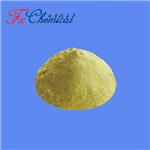
US $0.00-0.00/KG2023-11-15
- CAS:
- 1637-39-4
- Min. Order:
- 1KG
- Purity:
- 98.0%
- Supply Ability:
- 1000kg/month

US $0.00/g2023-11-13
- CAS:
- 1637-39-4
- Min. Order:
- 1g
- Purity:
- 99%
- Supply Ability:
- 5KG
